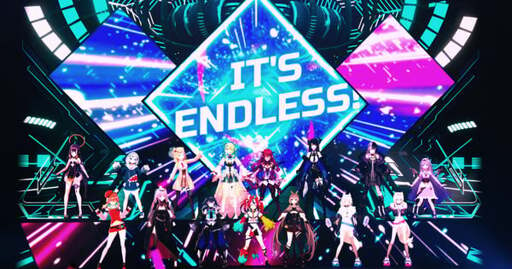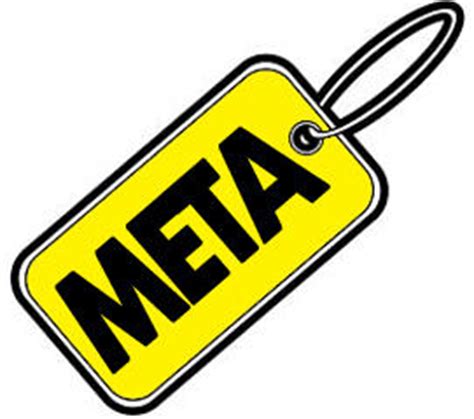MHLoppy
Currently studying CS and some other stuff. Best known for previously being top 50 (OCE) in LoL, expert RoN modder, and creator of RoN:EE’s community patch (CBP).
(header photo by Brian Maffitt)
- 1.01K Posts
- 777 Comments
(Act I of Season 2 is currently out, Act II comes out on Nov 16, then Act III on Nov 23)

 3·7 days ago
3·7 days agoCorrect me if I’m wrong, but are there roughly 89 active hololive affiliated talents? How does COVER organize so many distinct individuals across many different subgroups?
TANIGO: So we have around 65 talent managers who literally and figuratively speak their language. We have Japanese speakers, we have English speakers, and we also have Indonesian speakers. That being said, I still do not think that our support for our English talents is enough, so I hope to see more improvement in that area. Now that we have the United States covered with Max Kim as our Overseas Brand Partnership Director, we hope that we can offer more support to our English talents, and we’re looking into ways that we can best utilize this resource.
So about a 2:3 ratio of managers to talents right now, which is interesting.
Interview’s kinda short - only has a handful of questions, but at least the responses aren’t just one-liners.

 2·8 days ago
2·8 days agoThe VA really nailed Gura here. The gruff “I’m fucking Gawr Gura bitch” is indistinguishable from the real thing.

 2·8 days ago
2·8 days agoIt’s a pretty short interview, so instead of a quote here’s a link (which I assume is riddled with tracking) to the cover on all of its various platforms:
https://distrokid.com/hyperfollow/elizabethrosebloodflame/blackbird
FSR 3.1 (specifically 3.1, not 3.0) added an optional decoupling of the frame generation and the upscaling, but yeah that would still need first party support from the game developer. I should edit my comment to explicitly mention the frame gen possibility, didn’t realize that was something people were using this for!
That’s one of the program’s common usages, yeah. Among other things (like integer scaling for pixel-based games), it can be used to:
- render a game at a lower “internal” resolution and then apply one of several upscaling options to make up the difference, improving performance and hence “free FPS”, and/or
- generate intermediate frames between “real” frames, which I guess you could describe as “free FPS” (but the quality of the intermediate frames will be so-so - there’s lots of tests and stuff of frame generation more broadly if you’re interested!)
edit: added frame generation
I’ve come across this utility before - using it seems to add input latency according to the reviews it has on Steam. So using it to increase performance isn’t really better than not using it, it’s just a tradeoff.
If you’re not sensitive to input latency then that’s likely going to be a good tradeoff for you, but if you are (or play competitively) it’s not.
Please leave a message for our readers.
Mori Calliope: I wrote all these answers with a pen, lol. You guys are the reason I made it this far. Only up from here, yeah? Let’s do it! Let’s show everyone how far refusing to give up can really take you.
Now I’m curious if we’re talking a physical pen or a digital pen. Surely she didn’t hand-write “lol”, right?
Yeah it is pretty loud in the first half. In the second half (with the same track) the BGM seems quieter and maybe about the right volume if they still wanted it to be relatively loud for BGM - possibly just a mistake on not applying the same reduced volume to the first half 😅
Still not totally clear on what differentiates DEV_IS from the “normal” JP branch (even a year(?) on), but hey, more holomems I guess ¯\_(ツ)_/¯
edit: thank you top comment (and a reply):
since there are 2 gens from this branch already, we can call em DEV_ARE
Don’t you mean DEVS_ARE?

 3·13 days ago
3·13 days agoI’m glad Ina’s gonna keep us in her heat :P
Now that the email’s been swapped over, is the warning on the aussie.zone sidebar still needed?
Please provide an email address, it is required for password resets. Be sure to not use Outlook/Hotmail, as Microsoft are blocking all email from our hosting provider.

 8·18 days ago
8·18 days agoYeah but AMD’s performance claims are a coinflip of “approximately true” or “complete bullshit”, so until the third-party reviews are done there are no useful performance numbers available X_X
I didn’t realize the count of active users was that low, though whether I should really consider that a positive or a negative overall is a bit unclear haha.
I guess my biggest gripe is that I was sold the premise of “be the change you want to see” in terms of getting a community more active. I’m something like a thousand posts later and it’s not clear whether all that effort made much of a difference. Looking at the front page (default sorting) from a year ago and engagement is only up modestly. It’s good that it’s up rather than down I suppose, but I kinda thought there’d be more peeps pitching in by now, even if it was just a handful of hardcore talent-specific fans posting exclusively about that respective talent.
Onlookers probably see my activity here and think I’m some kind of hardcore fan completely immersed in holo, but I identify as a hardcore casual fan, and don’t usually follow things that closely unless it’s for a specific reason like when I’ve been finding stuff to post. If the community was already moderately active before I got here, I’d probably only post a little - I just stepped up because I wanted an active community to participate in without resorting to reddit/xitter/discord for it. (plus I already have a history in fanart communities, so starting out just sharing recent fanart that I liked was easy enough)
It feels hard to discuss it without coming across as pretty whingy, but if all the effort seems to barely move the needle, it does make me wonder if it’s worth it. And while it really is nice that you (and I’m sure some others!) appreciate it perhaps more than I do, doing it does suck up a not-trivial amount of time and effort from other things I want to do - things where I actually know that at the end I can get the result I want (which as above is unclear here). It’s hard to find the time to do things like make an entire poorly-optimized shitpost-website anymore :(
I do kinda worry that if some unknown threshold of post diversity isn’t reached then people won’t find the “sub” useful (that’s why ages back I diversified away from just posting mostly fanart), but since I’m not satisfied with the status quo right now either, I guess I might just scale back for a while and see how it goes.
Well now I kinda am proper-back, but looking back on the under-a-rock period and it’s still almost just
MentalMoeMentalEdge and me - idk, it’s a bit disheartening that if the two of us (and I guess hal_5700X in third place) all got hit by a bus the posting activity would die with us, even in a community of >1000 people. Somehow we seem to be doing worse than the 1% rule, which is already not a very high bar. Maybe it’s hard to compete with the presumably-numerous Discord communities :(
RIP squishies, we barely knew ye

 1·22 days ago
1·22 days agoSo far I thought the change would be two 3D tiles on the 16 and 12 core products, given the last gen struggle.
Apparently that’s happening too, it’s just news (still unconfirmed, afaik?) from a month ago: https://www.techpowerup.com/327057/amd-ryzen-9-9950x3d-and-9900x3d-to-feature-3d-v-cache-on-both-ccd-chiplets

 4·23 days ago
4·23 days agoThe XT I guess I can understand, but I’m kinda surprised they bothered with the T.
Are there really that many 5600-class chips that meet the 5600T spec but not the 5600X spec? It would’ve thought that market (consumer) confusion over naming isn’t worth introducing SKUs that aren’t sufficiently different enough to existing products.
If your scope of concern is primarily aussie.zone / lemmy users, then are the spoiler tag things (like what’s used in the sidebar of [email protected] for example) sufficient for what you have in mind? The formatting won’t work on some non-lemmy platforms, but I assume the activity on aussie.zone is overwhelmingly from lemmy users.







I really like art in this style - shame about the visible JPEG compression :'(